If you’ve read my previous article that attempts to give a general overview of the many terms for supernatural beings in Chinese mythology and folkloric tradition, then you’ll know how nearly impossible it is to, well, give a general overview of Chinese mythology and folkloric tradition!
Chinese culture is simply too vast, too complicated, with too many little offshoots and alternating viewpoints all fighting for prominence. Each mythological system comes with its own unique highlights and fascinating characters and stories, making each and every system indispensable, because no matter how much groups throughout China’s history have tried to clamp down on other traditions, religions, or mythologies, ultimately cultures and stories cannot be destroyed so long as they genuinely hold the fondness and interest of the people.
So if you’re like me and are very interested in learning more about Chinese mythology—especially the roots of where they came from, and landmark works of literature that have helped various traditions and tales maintain popularity and longevity—then read on! In this article I’ve complied a list of six of the most well-known, most influential, and most well-written works of Chinese mythology and folklore. This is based on my own research, so it may not be fully comprehensive! If you know of any more works, let me know in the comments. I am always happy to learn (and read) more!
Journey to the West(西游记)
If there is one work of Chinese mythology you should know, then it absolutely has to be Journey to the West. This is the work of Chinese mythology and literature. Published anonymously in the 1590s of Ming dynasty China (but attributed these days to the scholar Wu Cheng’en), it is one of China’s Four Great Classical Novels.
The story is very simple: a Buddhist monk, Xuanzang, makes a long and arduous journey to India in order to receive valuable Buddhist scriptures so he can bring them back to China, translate them, and spread Buddhism. This is, in fact, historical: It is based on the real historical figure of Xuanzang, who did exactly this during the 7th century.
But what the story adds is mythology, and everything becomes much, much more exciting. In the world of Journey to the West, gods and Buddhas are very involved in the affairs of humans—as are demons and monsters. So, to help protect Xuanzang on the dangerous journey to the west (roll credits!), the bodhisattva Guanyin sends him three disciples to protect him—monks are peaceful and do not know much about fighting, after all.
And only now do we really get to the protagonist of the story—Sun Wukong, the Monkey King. The first seven chapters (of 100 chapters total, and 1,800 pages in the English translation—whew) focus entirely on Sun Wukong’s backstory, where he progresses from a monkey born out of a stone egg, to learning immortality and Daoist magical techniques, to his meteoric rise as a formidable, untameable, mischievous, destructive, immensely powerful immortal being. He causes great chaos in the Heavens, challenging all the gods, and at last he is subdued by Buddha and is trapped under the weight of an entire mountain. The monk Xuanzang rescues him by the decree of the bodhisattva Guanyin, and the story then progresses in a very serial, formulaic fashion describing 81 adventures (or tribulations) that Sun Wukong, his master, and his fellow disciples face on their journey to India, usually with Sun Wukong as the hero in fights against various demons, spirits, devils, and monsters that attempt to capture, eat, and/or kill them.
Journey to the West is at once humorous adventure story, satire of Ming dynasty society, folk religion tale, and moralistic allegory. It is steeped in a mixture of Daoism, Buddhism, and Confucianism, reflecting the man religions that flourished in China during the 16th century. The characters are colourful, powerful, and always entertaining, and it paints a fascinating picture of a world where the gods of three religions coexist in harmony, where the world is a lawless place where demons and monsters roam free outside the safety of civilization, where fantastical spells, beings, and events are always going on right under your nose.
Investiture of the Gods(封神榜)
Investiture of the Gods, also known as Fengshen Bang, Fengshen Yanyi, or Creation of the Gods, is like Journey to the West a 16th-century novel and perhaps second only to Journey to the West in fame as a novel of the gods and demons genre (shenmo xiaoshuo/神魔小说). Also set historically, but far more back than Journey to the West, this novel is set during the fall of the Shang dynasty around 1000 B.C.
This story, full of heroes, gods, immortals, spirits, and demons, tells of the overthrowing of King Zhou by Ji Fa. It mixes history with mythology, making King Zhou’s concubine Daji a fox spirit, and having battles call upon supernatural beings to assist them. In the grand, sweeping struggles that occur, heroes are forged, and when the fall, they are inducted to Heaven as gods, thus the title of the novel.
Though more firmly Daoist in its mythology than Journey to the West, this novel likewise acknowledges the influence of all the religions of China (even though none of them had begun yet at the time the story is set). Ultimately, there are no true heroes or villains in Investiture of the Gods, one point which makes it very interesting and a different take from many other mythological novels of gods and demons. Some felt loyalty to their king, and others felt duty to Heaven; and in the end, everyone, god or demon, is simply following the will of Heaven.
Classic of Mountains and Seas(山海经)
The Classic of Mountains and Seas, or Shan Hai Jing, is an ancient text that may have been written around the Warring States period and the start of the Han dynasty, around 400-200 B.C. This book is quite different from the previous two we’ve covered: rather than being a work of fiction, a story, it is instead a geography, a guide to the various flora and fauna of China.
One would think a geographic guide would be dull, but it is not at all: the text is full of incredibly strange and impossible creatures. A fish like a chicken with three tails, four heads, and six feet that stabilizes one’s mind; a snake with one head and two bodies that is an omen of oncoming drought; and so on. Interspersed with these fantastical descriptions are also incredibly mundane descriptions of various mountains, wood, minerals, and other normal geographic content, and even the mythological aspects, and the sometimes short myths that accompany a particularly interesting creature or monster, are told in a very matter-of-fact, dry manner.
If you want to read this text, treat it as the reference material it is: I don’t mean that you should believe its contents are true, but that it is a slow read, and like most reference material, read a page or so at a time, or skip to what sounds interesting. The wonder in reading it is that it almost feels like discovering these fantastical creatures for yourself, hidden among the mundanity of the real world. And isn’t a little bit of wonder what we all want to find?
Strange Tales from a Chinese Studio(聊斋志异)
Now, let’s fast-forward a millennium to 1740—finally, our first actual publication date! Written by Pu Songling, a Qing dynasty scholar and writer, the Liaozhai zhiyi is a collection of almost five hundred mini stories of fantastical, supernatural happenings. All original and devised by Pu Songling, but heavily steeped in folklore—full to the brim with fox spirits, demons, resentful ghosts, eccentric Daoists, and mysterious creatures.
Strange Tales from a Chinese Studio is in the genre of zhiguai xiaoshuo/志怪小说, meaning “tales of the strange.” Each tale is usually only a couple pages long, some even only a paragraph in length. Some are jokes, or silly little happenings, while others have a moralistic tone to them. Many of the tales subtly criticize or satirize society, particularly the bureaucracy that overwhelmed the Qing dynasty. Like Classic of Mountains and Seas, the stories are told quite matter-of-factly. Unlike the first two novels I have covered, Journey to the West and Investiture of the Gods, the setting of the stories here are much more down to earth, with the characters often being simple farmers, merchants, scholars, and other civilians going about their day-to-day business before being thrown into a strange situation: a seductive girl knocking at the door, a gruesome ghost in the middle of the night, a Daoist on the street promising miracles.
Strange Tales from a Chinese Studio captures the horror, humour, love, loss, mundanity, wonder, all in one novel and hundreds of little stories, and present Chinese folklore in its true, natural setting: among the common people, among the lives of people simply going about their day.
In Search of the Supernatural(搜神记)
Just like Strange Tales from a Chinese Studio, the Soushen Ji or In Search of the Supernatural is a compilation of many little wondrous tales, 464 in total. This was written around 350 A.D., attributed most commonly to the historian Gan Bao, and despite being far less well known than Strange Tales from a Chinese Studio, it was in fact the inspiration for Pu Songling writing it, and considered by him to be far superior to his own work. Unfortunately, not all volumes are available; many have been lost to time, as is common with literature this old.
What is so great about this book is that it serves as a record of the early myths and folktales of the Western Han Dynasties. Though again written in a plain style, the stories are wonderfully illustrated and contain the full spectrum of Chinese folkloric tradition: prophecies and dreams, the interactions and relationships between humans, gods, ghosts, and spirits, and much more.
Songs of Chu(楚辞)
The Songs of Chu, translated in various ways over the years as Verse of Chu, Elegies of Chu, or Chu Ci, is an anthology of poetry from the Warring States period (400 - 200 B.C.) commonly attributed to the famous poet Qu Yuan but understood to be an anthology with works by many other anonymous poets as well.
Though this is not a prose novel, so perhaps not technically a book, I still felt this was an absolutely necessary inclusion on this list. The Chu in Songs of Chu refers to the State of Chu, a southern state within China at the time (though it would now be considered central China) that was heavily influenced by “exotic” folkloric traditions from the south. Shamanism was one of the traditions of the south that was heavily influential on Chu culture, and this prominently shows itself in Songs of Chu. Many of the poems in this anthology feature grand, awe-inspiring spirit journeys by immortals travelling far over the world, riding dragon-led chariots, meeting gods of wind and sun, drinking with deities in the heavens.
Of particular note, two of China’s most famous works of poetry are contained in Songs of Chu. The first is Encountering Sorrow, or Li Sao/离骚, a 373-line poem—one of the longest of the time—narrating Qu Yuan, the self-introduced narrator, and his wrongful exile from court due to the political machinations of other corrupt court officials, and his subsequent spirit journey far off into the skies and to the far reaches of the world, encountering immortals and gods, searching for a woman to marry, but finding that none are suitable. The poem is full of veiled reproach for Qu Yuan’s king, blinded by his evil ministers, as well as sorrow for society, and a glad but bittersweet departure to the world of immortals and gods, away from all the troubles of the world.
The second work is the Heavenly Questions, or 天问/Tian Wen, an enigmatic series of questions directed at Heaven that challenge and prod at seeming contradiction, conundrums, or areas of confusion amongst Chinese mythology and folkloric beliefs: for example:
Upon what are the heavens folded? Where are the twelve stages divided? How are the sun and moon attached? How are the constellations arrayed?
Where is there a hornless dragonet, that roams about carrying a bear on its back? The horrible hydra with nine heads — where does it flit about so swiftly?
Though no answers are provided, in a roundabout way, the Heavenly Questions provide a fascinating glimpse into an ancient branch of Chinese mythology that we know little about. The entirety of Songs of Chu is full of such enigmatic, compelling snippets of myth, culture, and tradition, not to mention being a wonderful look at ancient poetic traditions, even if poetry is difficult to convey in translation.
Summary
Chinese mythology is so vast and convoluted that you will likely never manage to get a complete grasp of it all. Could anyone, given that so much is lost to time? But even if much of it is lost, there is still so, so much that does exist. And the best part of these works being so old and well-known is that you are guaranteed to find at least one of these novels in translation at your local library, or possibly even online for free if the translation is old and no longer copyrighted.
So try taking a read of one of these books! So much of Chinese culture and media comes from endless variations, interpretations, reinterpretations, and creative spins on these works. But read Journey to the West or Strange Tales from a Chinese Studio, and maybe next time you watch a Chinese drama or movie, or read a webnovel, you’ll suddenly realize that they took inspiration from one of these six seminal, mythological works of Chinese literature!
More about Chinese mythology:
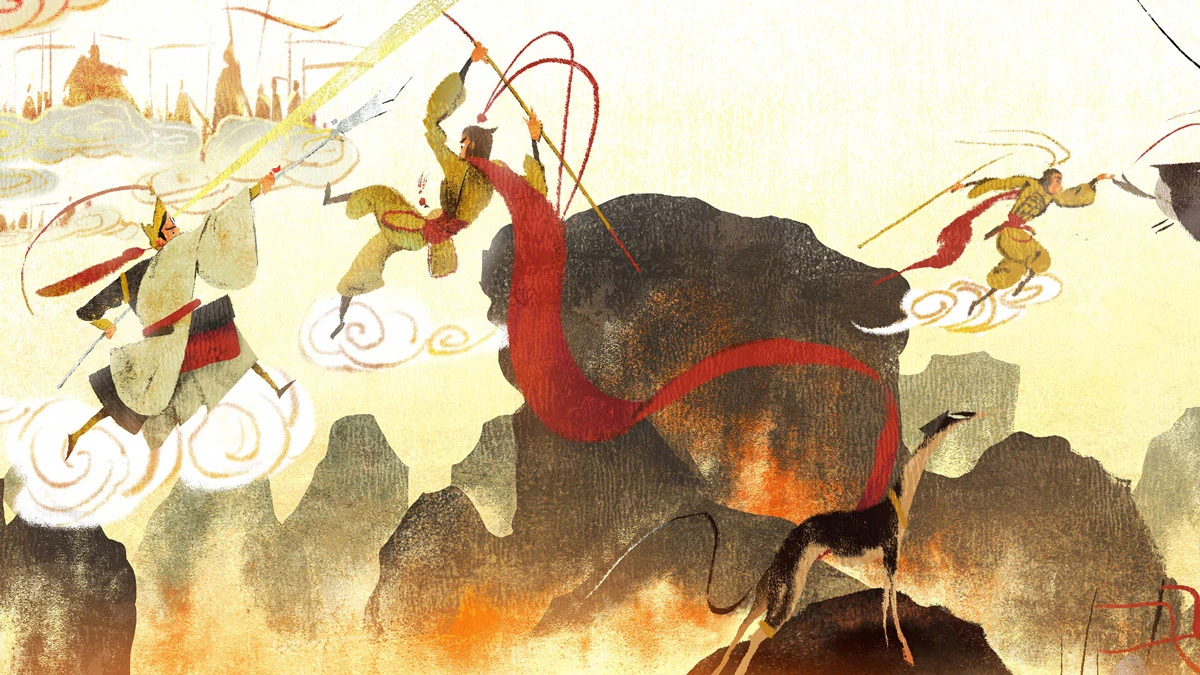
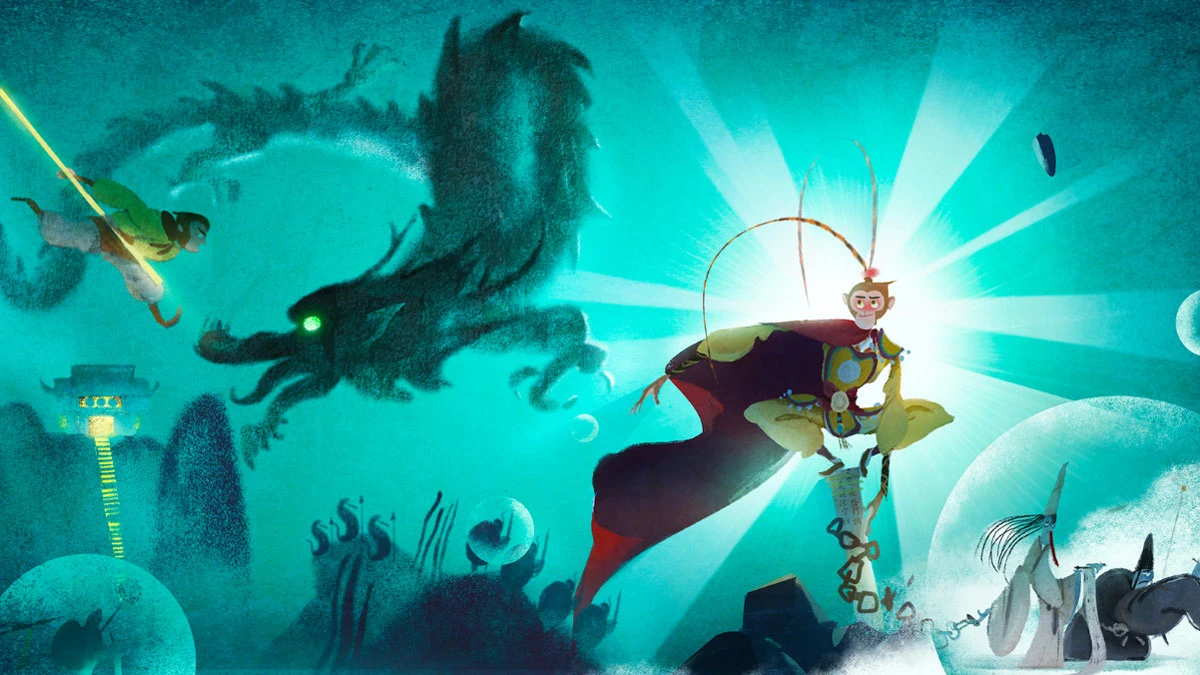
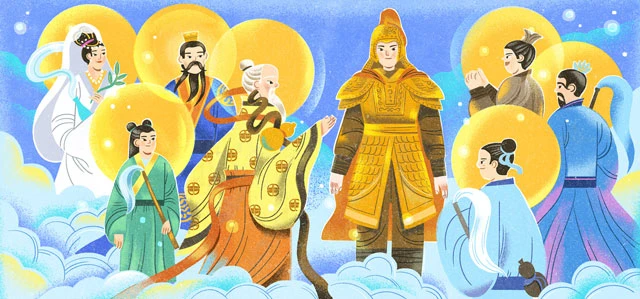
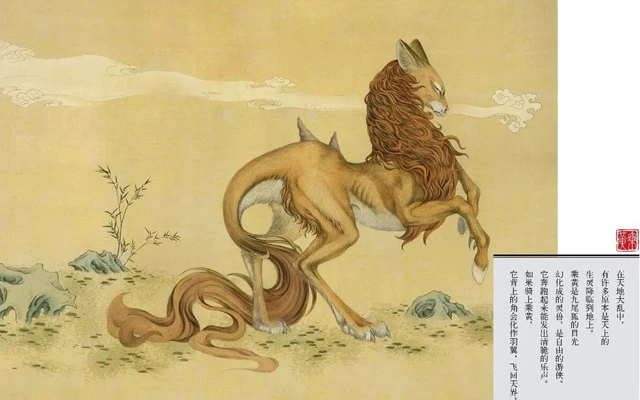
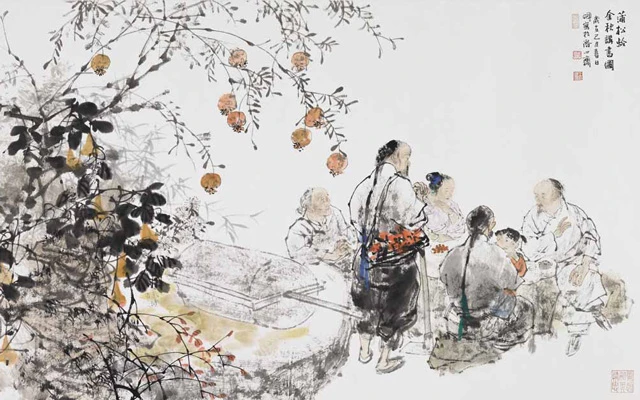
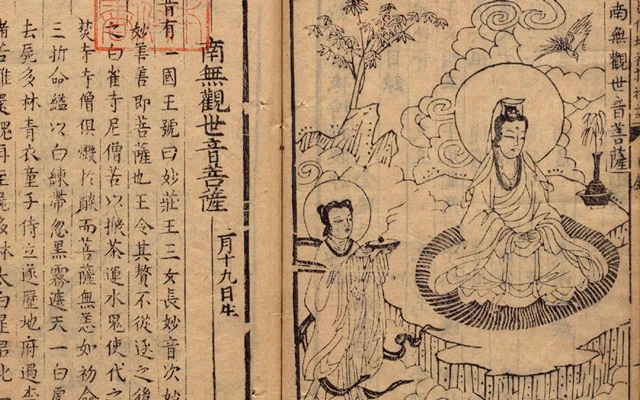
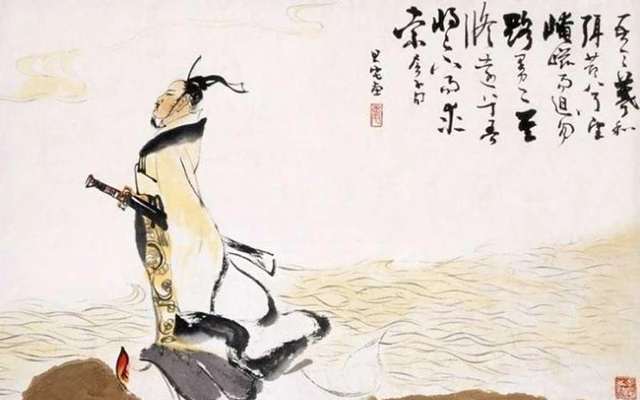

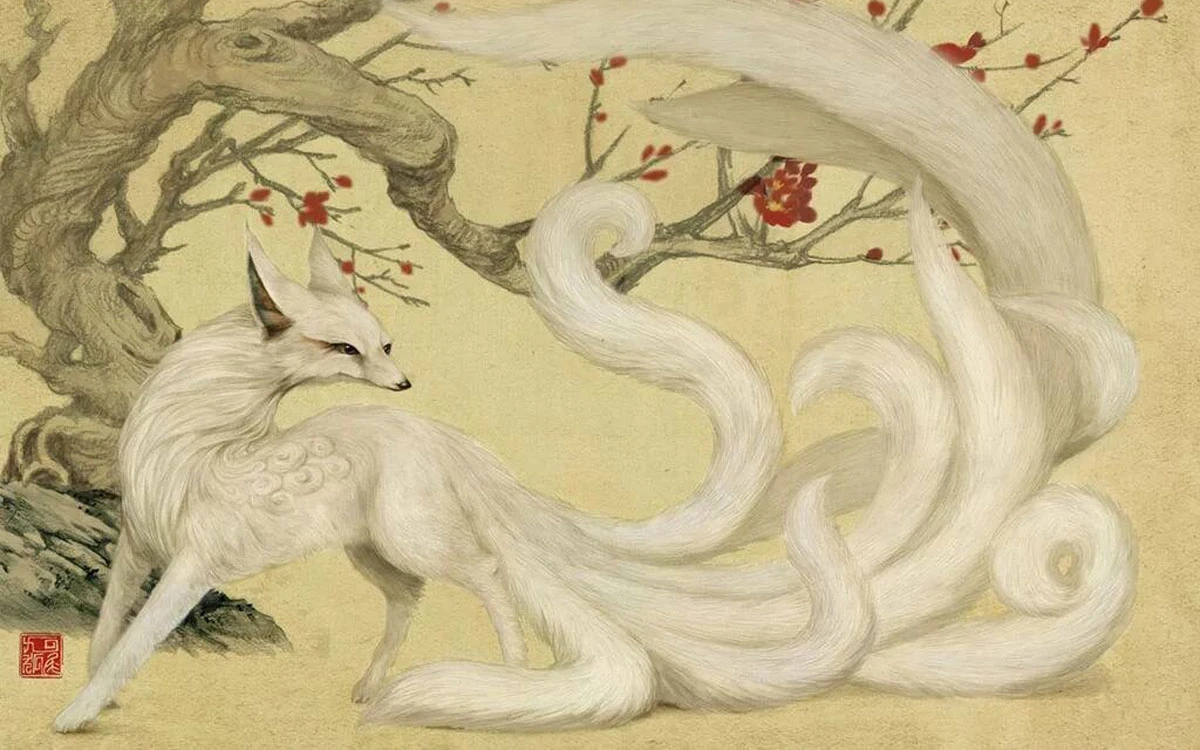

Great inspiration, thank you! 🙂
Journey to the West is also the only one I've heard of. Thanks, I'll need to add to my to read list.
I think journey to the west is the most popular😂
Nice article!!😍👍
Nice summary. I haven't read half of these :p. Xiyouji is just sitting on a bookshelf for ages at home. I did read Fengshen Yanyi, and it is not easy! The others are worse I think, in therms of litterary Chinese.
Haha omg I would NOT be able to read the Chinese versions of these… 😅😅 In English though they’re pretty approachable!
Really? have they all been translated, then? Wow I had no idea...
All of them except In Search of the Supernatural, I think! Strange Tales of a Chinese Studio and Classic of Mountains and Seas might be abridged, though.
Mungkin makhluk mitologi benar ada
Kutahu yang perjalanan ke barat itu ada dramanya yang berjudul kera sakti
Does the Strange Tales from a Chinese Studio has a TV drama?
I’m not sure… I think there’s a TV drama under a similar name. And I also know lots of Chinese dramas/movies take inspiration from select stories in the novel
There is. A very old one at least. When i was little in China, I was forbidden to watch it because it was scary, so I know it exists^^ Then more recently I think there is a drama called "painted skin" which is one of the tales.
Thank you